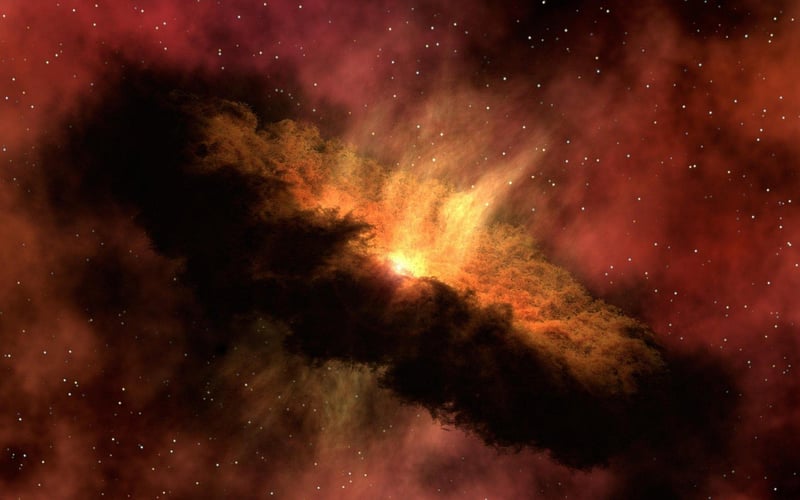Faster than Light
The Exciting World of Faster-Than-Light Travel: Journey to Distant Stars

Imagine a future where humanity can travel faster than the speed of light, exploring distant stars and galaxies beyond our wildest dreams. This concept, often seen in science fiction, is a fascinating area of scientific research known as Faster-Than-Light (FTL) travel.
What is Faster-Than-Light Travel?
FTL travel refers to the hypothetical ability of traveling faster than the speed of light, which is considered the cosmic speed limit according to Einstein's theory of relativity. By bending the fabric of spacetime or utilizing advanced propulsion systems, FTL travel would allow us to reach destinations light-years away in a matter of days or weeks.
The Challenges of FTL Travel
While FTL travel holds the promise of interstellar exploration and colonization, it also presents significant challenges. The energy requirements for achieving FTL speeds are immense, and the potential consequences of altering spacetime are not fully understood. Scientists continue to explore theoretical concepts such as wormholes, warp drives, and exotic matter to overcome these hurdles.
The Future of Interstellar Travel
Despite the current limitations, researchers are making strides in understanding the fundamental principles of FTL travel. Breakthroughs in physics and engineering could one day make interstellar journeys a reality, opening up a universe of possibilities for humanity.
Conclusion
As we look to the stars and ponder the mysteries of the cosmos, the concept of Faster-Than-Light travel ignites our imagination and pushes the boundaries of what is possible. While the journey to distant stars may still be a distant dream, the pursuit of FTL travel reminds us of the boundless potential of human innovation and exploration.
Are you ready to embark on a journey beyond the stars?

Explore more about space exploration and the wonders of the universe at NASA.
